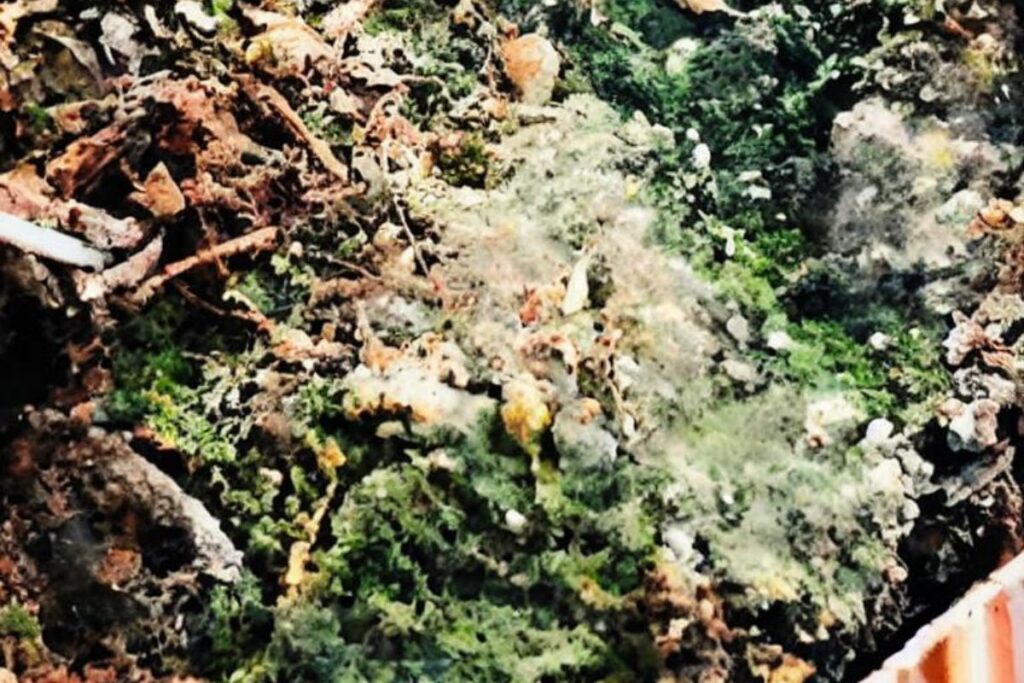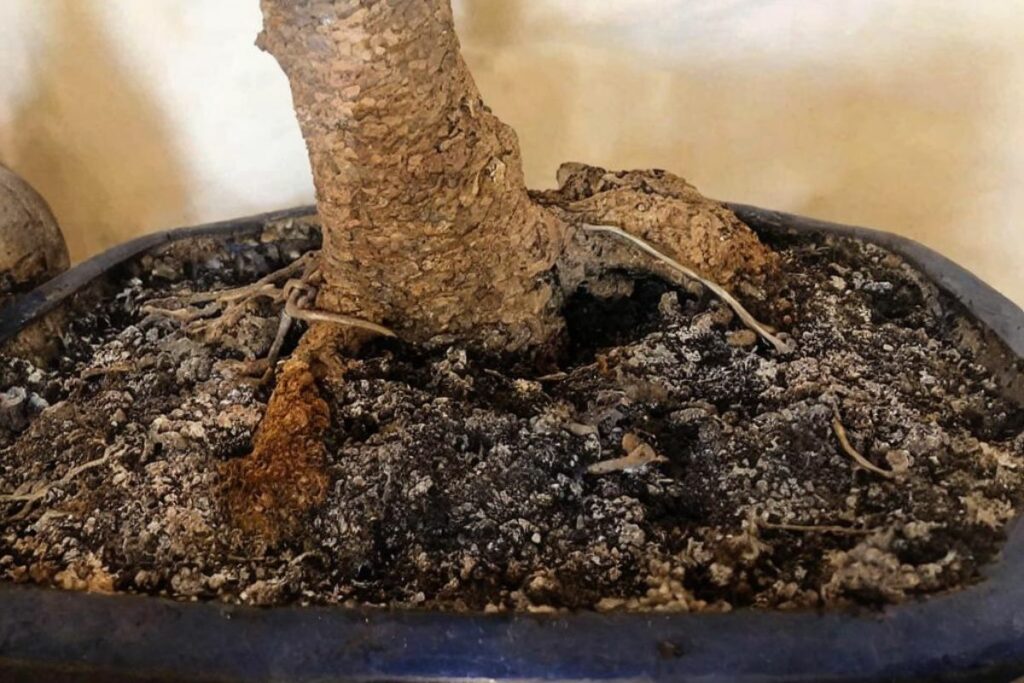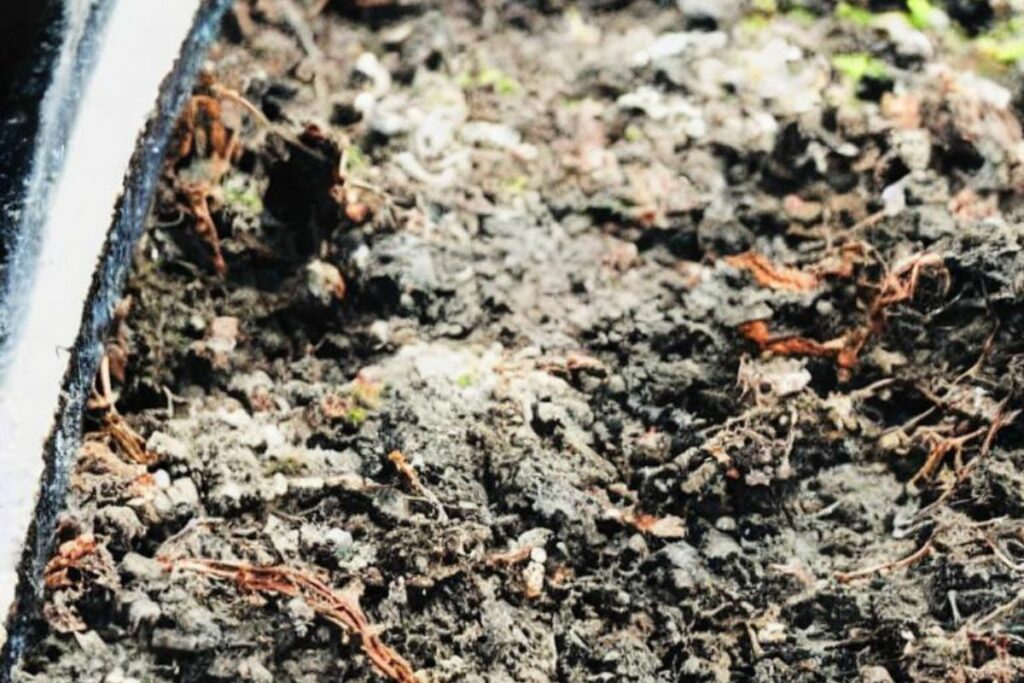Have you ever noticed that your bonsai plant’s soil is white? If so, then you’re not alone! It’s a common occurrence for bonsai owners to notice the white color on their bonsai soil. But what exactly causes this strange phenomenon? In this article, we’ll be exploring why your bonsai soil is white and how it can help or hurt your plant.
Importance of Bonsai Soil
Bonsai soil is an essential component of a successful and healthy bonsai plant. It helps provide the necessary nutrients and structure for healthy, lush growth. Bonsai soil has a unique composition that differs from regular potting soil, typically consisting of organic ingredients such as peat moss, akadama, and pottery clay.
In addition to providing essential nutrients for your bonsai tree, the right type of bonsai soil can also have an impact on the color of the soil in your pot. Depending on the ingredients used to make it, you might notice different colors like browns, reds, oranges or even whites.
So why is your bonsai soil white? It could be for different reasons—mold growth or the composition of the soil, which includes things like pumice or diatomaceous earth which are both very light in color and help with drainage and aeration. In some cases it may also contain chalk or limestone which will also contribute to a whiter looking soil.
What Causes White Bonsai Soil?
Most Likely Reason: White Mold Growth

White mold, also known as powdery mildew, is a type of saprophytic fungus that grows in moist and shady conditions. It often appears on top of the soil or around drainage holes. While it doesn’t immediately harm your bonsai tree, if left unchecked it can spread to other parts of the plant and cause serious damage.
Fortunately, white mold growth can be easily prevented or treated with a few simple steps. First, ensure your tree has adequate air circulation; keep the pot in an area with plenty of sunlight and take care not to overwater it. Additionally, reduce shading by pruning any nearby plants that are casting too much shadow on the bonsai tree’s pot. Finally, you can treat existing cases of white mold with fungicidal products specifically designed for use on fertilizer and soil fungi.
Here’s an article for you to learn more about the causes of mold growth on your bonsai and how to get rid of it.
2. Presence of Calcium Carbonate
The white color of bonsai soil could be caused by a few different things. Generally, the white color of bonsai soil indicates that it is composed of a combination of organic and inorganic materials. These materials can include pine bark, perlite, vermiculite, and/or other materials. The organic components of bonsai soil are usually responsible for the white color because they contain some type of calcium carbonate.
In addition to the organic components, there may also be inorganic components present in bonsai soil which contribute to its whiteness. These components can include gypsum and limestone dust, both of which are derived from ground-up rocks and minerals. Gypsum is particularly effective at reducing pH levels in soils while limestone helps to increase them. Both gypsum and limestone dust will help keep your bonsai’s roots healthy while improving drainage and aeration in the soil.
If you notice that your bonsai soil has developed an excessive amount of white color, then it is likely due to one or more of these ingredients being overused or added too quickly during preparation. In this case, you should reduce the amount of any one ingredient or remove it altogether until you achieve a more balanced mixture that won’t cause excessive whitening. Additionally, it’s important to use only high-quality ingredients when preparing your own bonsai soil so that you can ensure your plants receive all the necessary nutrients they need to thrive.
3. Salt Buildup

Another cause of white spots on your bonsai tree’s soil is salt buildup. Salt accumulation occurs when watering your bonsai with water that contains high mineral concentrations of salts, such as hard or alkaline water. These salts are not able to be absorbed by the plant and so collect in the soil. When salt builds up, it creates a layer around the plants’ roots that prohibit their absorption of water and nutrients, which leads to poor plant growth and health.
When you suspect salt buildup as the cause of your bonsai tree’s white soil, you’ll want to leach out the salts – otherwise known as flushing. To do this, thoroughly saturate the soil with clean water several times in a row until no more salt runoff is visible at the bottom of the tree’s pot. Flushing can be repeated on a monthly basis if needed. You can also choose to use distilled or filtered water specifically for watering your bonsai tree in order to mitigate any problems due to salts before they start!
What Are The Effects Of White Bonsai Soil On Plant Health?
The effects of white bonsai soil on plant health can be significant. White bonsai soil is typically composed of inorganic materials such as sand, perlite, and pumice. This type of soil has great aeration qualities, allowing oxygen to flow freely to the plant’s roots and aiding in water drainage. However, because it lacks organic matter, it may not provide enough nutrients for a healthy plant.
In addition, white bonsai soil tends to dry out quickly due to its lack of organic matter. This can create an environment where the roots are unable to access sufficient moisture, leading to stunted growth or death of the plant. To reduce this risk, regular watering is essential and using a soil additive such as compost or manure may help improve the nutrient content of the soil.
It’s important to remember that each type of bonsai tree species has specific requirements for its optimal growth and health. While white bonsai soil provides some benefits in terms of aeration and drainage, it will not meet all a plant’s needs alone. It should always be combined with other components such as organic matter and fertilizers to ensure proper nutrition and moisture levels are maintained for healthy growth.
How to Prevent White Soil in Bonsai Trees
For bonsai enthusiasts, the dreaded white soil afflicting their tree can be very frustrating. But don’t worry – with a few simple strategies, you can prevent white soil from appearing in your bonsai trees.
The first step you’ll want to take is to make sure your bonsai’s moisture content is neither too high nor too low. If it’s too dry, the salt compounds found in some potting mixes will become visible on soil surfaces. Conversely, if there’s excess moisture, then bacteria and fungi will start to produce small white spots in the soil as they break down substances or dead leaves into their individual components.
To help manage your bonsai’s moisture levels, water only when necessary – and never over-water! Also, use well-aerated soils that contain organic matter and ensure your pot has adequate drainage holes at the bottom so excess water doesn’t build up in the container. Finally, be sure to use gloves when handling your bonsai tree or gardening pieces – as this will reduce contact with salts and other minerals that could accumulate on the soil surface over time.
Final Words
It’s important to remember that white bonsai soil is an investment in the health of your tree. Taking care of it properly will ensure that your bonsai stays healthy and vibrant. With proper watering, fertilizing, and changing out the old soil, you can get the most out of your white bonsai soil experience.
It’s also important to remember that white bonsai soil isn’t necessarily more expensive than regular soil. In fact, it can be just as affordable as other types of soil if you purchase it in bulk or online. By investing in quality products, I’m confident that I’m doing my best to keep my bonsai happy and healthy for years to come.
Ultimately, caring for white bonsai soil requires a bit of effort but it’s worth it for the long-term health benefits. It may take some trial and error to figure out what works best for your particular needs, but by taking the time to research and understand your options, you’ll be able to develop a successful routine for maintaining white bonsai soil in no time.

